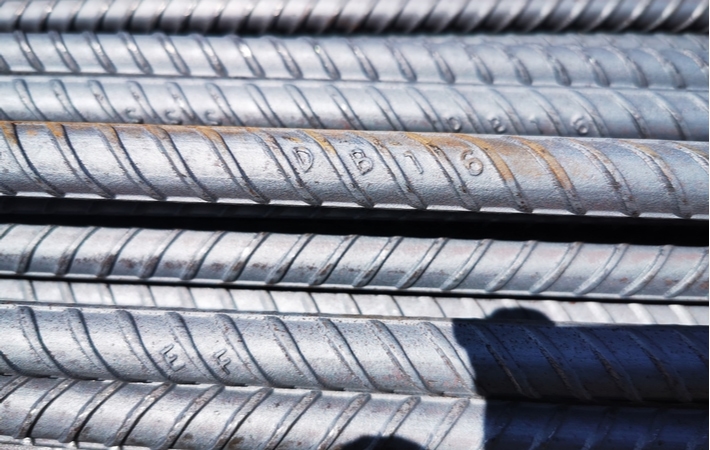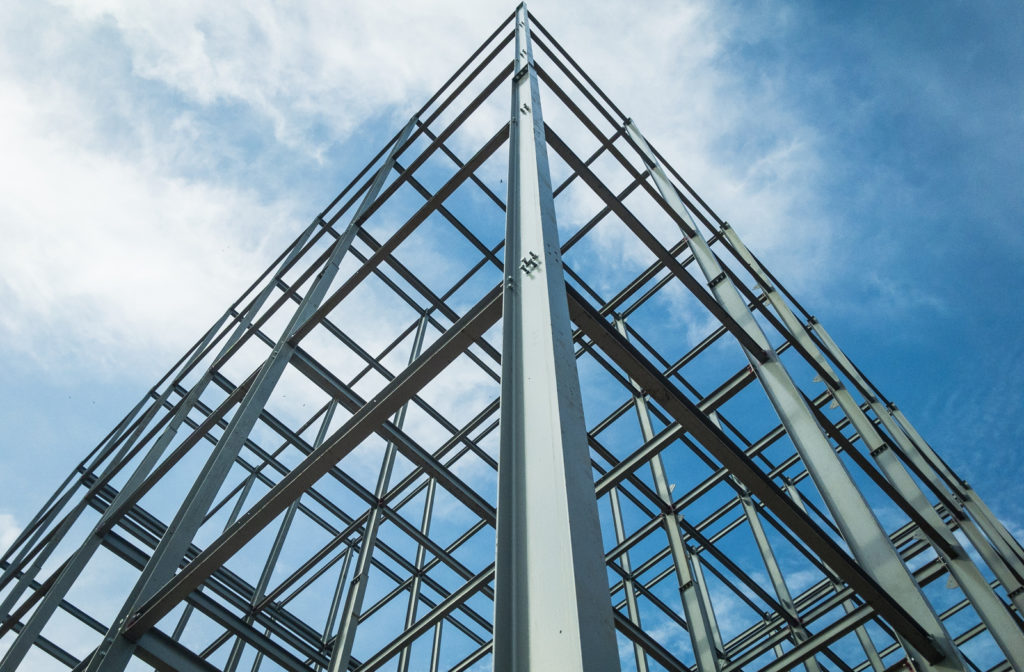The Man of Steel, the Pittsburgh Steelers, Steely Dan. Steel is everywhere, but is it all the same?
Most of us know that steel is a type of metal. But did you know that the strength and quality of steel can vary greatly? It’s true: there is high-quality steel and low-quality steel. Knowing the difference has a big impact on the results of your steel project.
Steel is the most recycled material in the world. So finding high-quality steel requires a metal recycling facility that puts care into their process, too.
Whether you are scrapping steel or buying recycled material, Federal Metals promises a thorough process. Let’s learn how to tell the difference in steel quality and identify the grade you’re looking for.
What is Steel?
Steel is a metal alloy made up of iron and a small percentage (< 1%) of carbon. Carbon adds strength and durability to the iron. Other metal elements such as nickel, copper, and chromium can be added to the steel to give it specifically intended properties, such as:
- Strength
- Toughness
- Ductility
- Weldability
- Durability
These metals are all placed in large industrial furnaces and become molten metal. Through this process, impurities are removed and elements are added to produce specific types of steel.
Types of Steel
There are several types of manufactured steel, and each has its metallurgical characteristics. High-quality steel is material that stays true to its intended properties. The main grades of steel are:
- Carbon Steel, which is then divided into low, medium, or high-carbon steel depending on the carbon content. Carbon steel is the most popular in construction and accounts for 90% of production.
- Alloy Steel, which includes other elements such as nickel, copper, aluminum, and chromium. This changes the precise strength, ductility, and machinability of the steel.
- Stainless Steel, which has high levels of chromium that makes it very corrosion resistant.
- Tool Steel, which uses tungsten and cobalt to produce very hard, durable metal used for many tools.
Steel Quality & Recycling
Because steel in North America is over 90% recycled material, the recycling process has a big impact on the overall quality of steel products. Steel is 100% recyclable and can be used again and again without compromising quality. There are 2 main ways that steel recyclers can improve the quality of material:
- Scrap Sorting that accurately identifies and separates different steel alloys. Scrap steel must be categorized according to alloy elements. These elements are required in specific proportions during proper steel production.
- Scrap Purification that removes tramp elements from the metal. These elements complicate the steel-making process and need to be removed before the steel becomes liquid.
Federal Metals takes pride in responsible steel recycling. With both a responsibility to the process by sorting accurately and only using purified steel. And a responsibility to the environment that makes recycled steel sustainable.
Spot Steel Differences
Whether you’re buying steel for a DIY project at home or major construction, identifying high-quality steel is always important. But it’s not always obvious. Here are some methods to make sure the steel you use is safe, strong, and will perform how you expect.
Rebar Grading System
Some steel will have visible labels on the metal. Look for these letters and numbers to give you information on what grade of steel you have.
Rebar uses the ASTM system that tells you the type and size of the steel. Letters represent the following steel grades:
- S – Carbon Steel
- A – Axle Steel
- W – Low Alloy Steel
- SS – Stainless Steel
- CS – Low-Carbon Chromium
The SAE Grading System uses a 4-digit number to indicate the type of steel and the alloy element concentrations. Check for this number and refer to the classifications.
Visual Inspection
The colour is a good indication of the type of steel you are examining. Dark brown, red, or rusty-looking steel is carbon steel. Shiny or bright silver is stainless steel.

Spark Test
A spark test can tell you what type of steel you are using and the quality of your sample. Good quality steel should be homogenous and spark consistently. Use a bench grinder to spark the end of a piece of steel you are using.
Sparks will shoot out in streaks of different lengths and the sparks will fan out before disappearing. Spark patterns should indicate the following:
- Wrought iron and stainless steel produce long, even yellow streaks. The fans on the end are smaller in stainless steel sparks.
- Steel made with less carbon produces yellow sparks with different lengths. The fans on the end extend more with a lot of extra little streaks.
- Steel with high amounts of carbon produces sparks that begin spreading out near the grinding wheel. The sparks are duller or even red and fan out less at the end.
- Some metals, including nickel and aluminum, produce few or no sparks
Mass per Meter Test
Measuring the average weight per meter of steel product can help identify if it conforms to industry standards. If you’re using steel bar, perform a mass per meter run.
Cut 1-meter samples of the steel you are using and measure the mass. Do this for a minimum of 4 samples. Measure the bar gauge and compare your average weight to suggested industry standard tables (IS 1786).
Trust Your Steel Supplier
The easiest way to make sure you are getting high-quality steel for your jobsite is by finding a supplier you trust. But look for labels and apply some simple tests with your steel to make sure you’re getting what you paid for. Recycling facilities that follow best practices will produce the best steel. Federal Metals is your choice for superior recycled steel. Using cheap steel can lead to structural failure and create serious safety risks. And it costs you more money in the long run. So partner with a steel supplier who respects the process and integrity of making quality steel.



